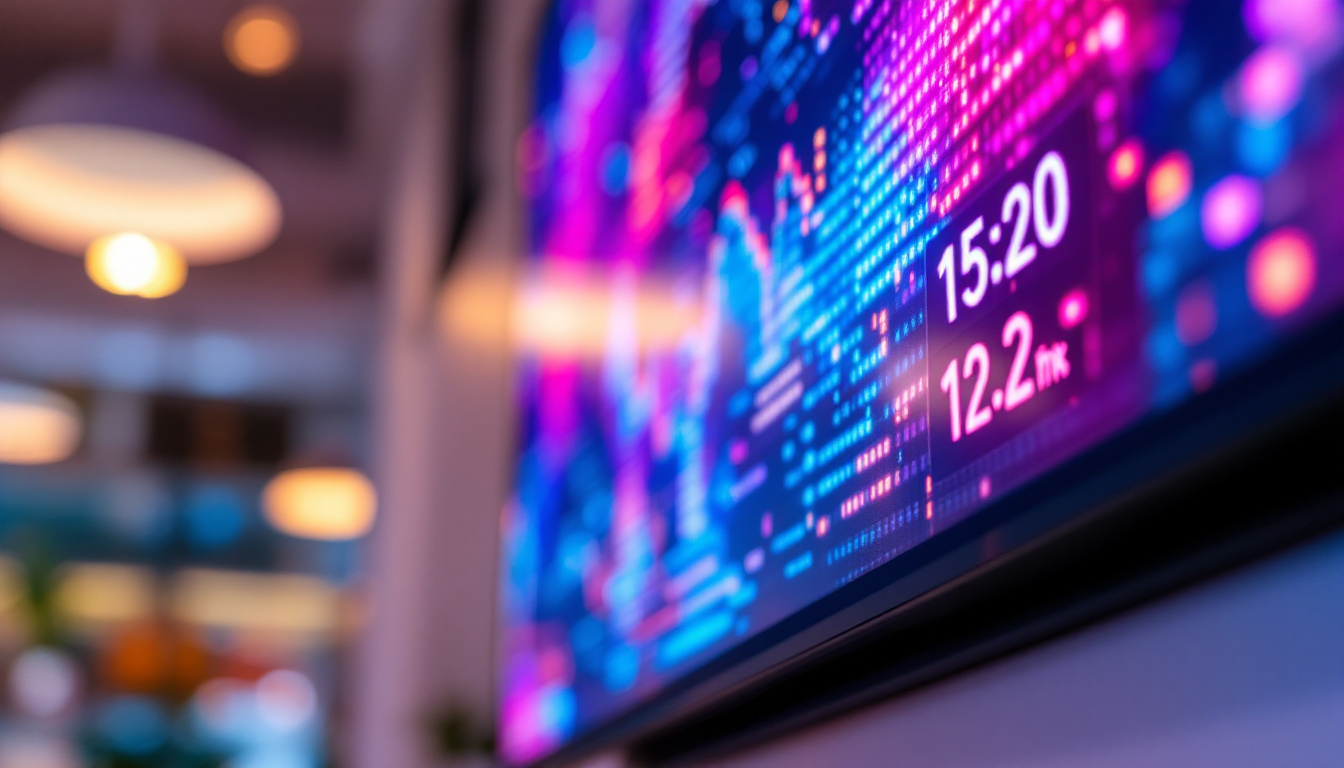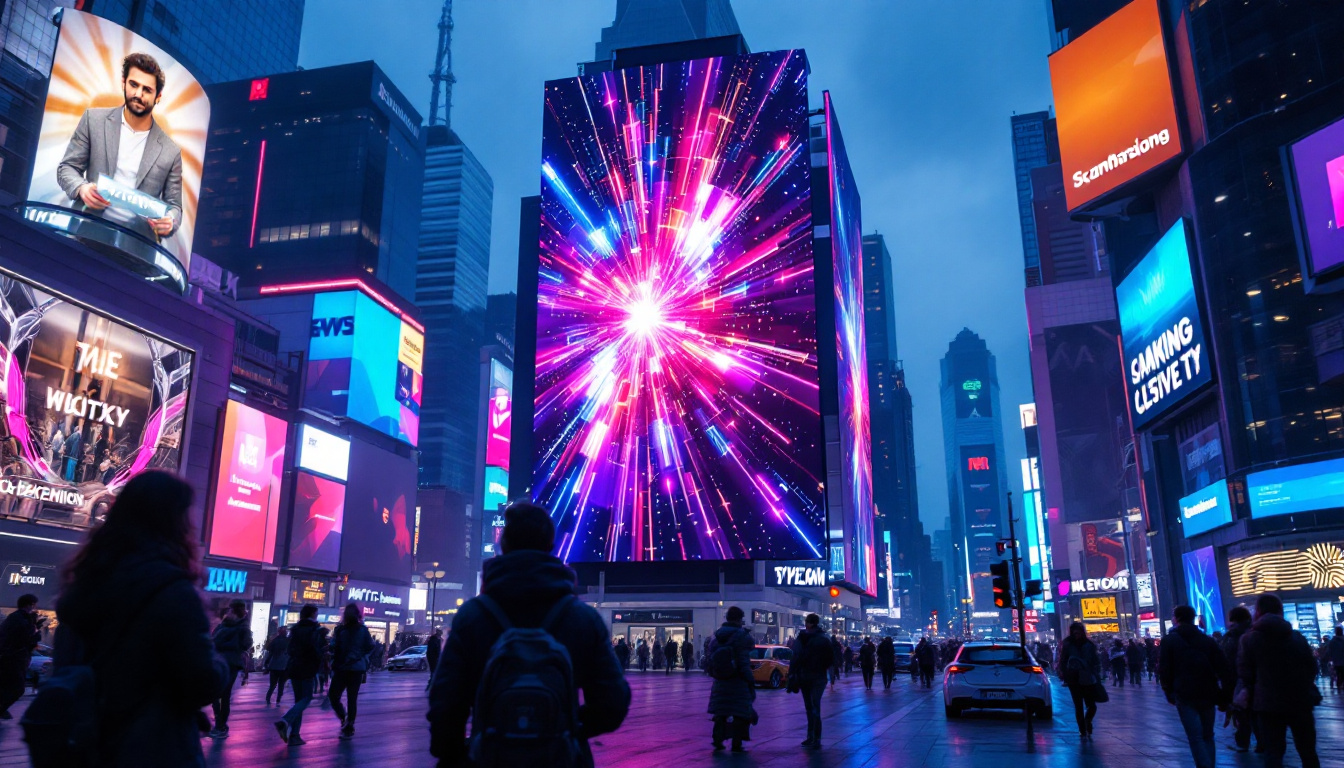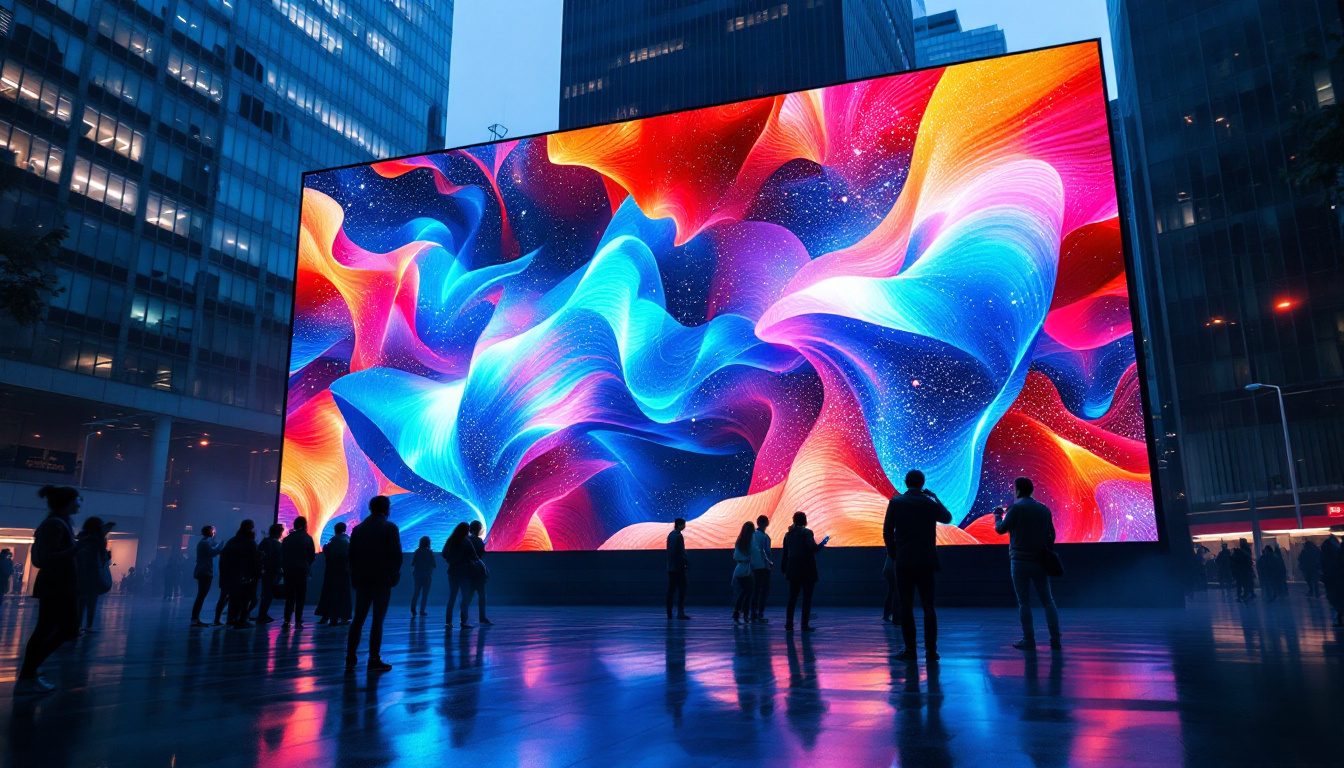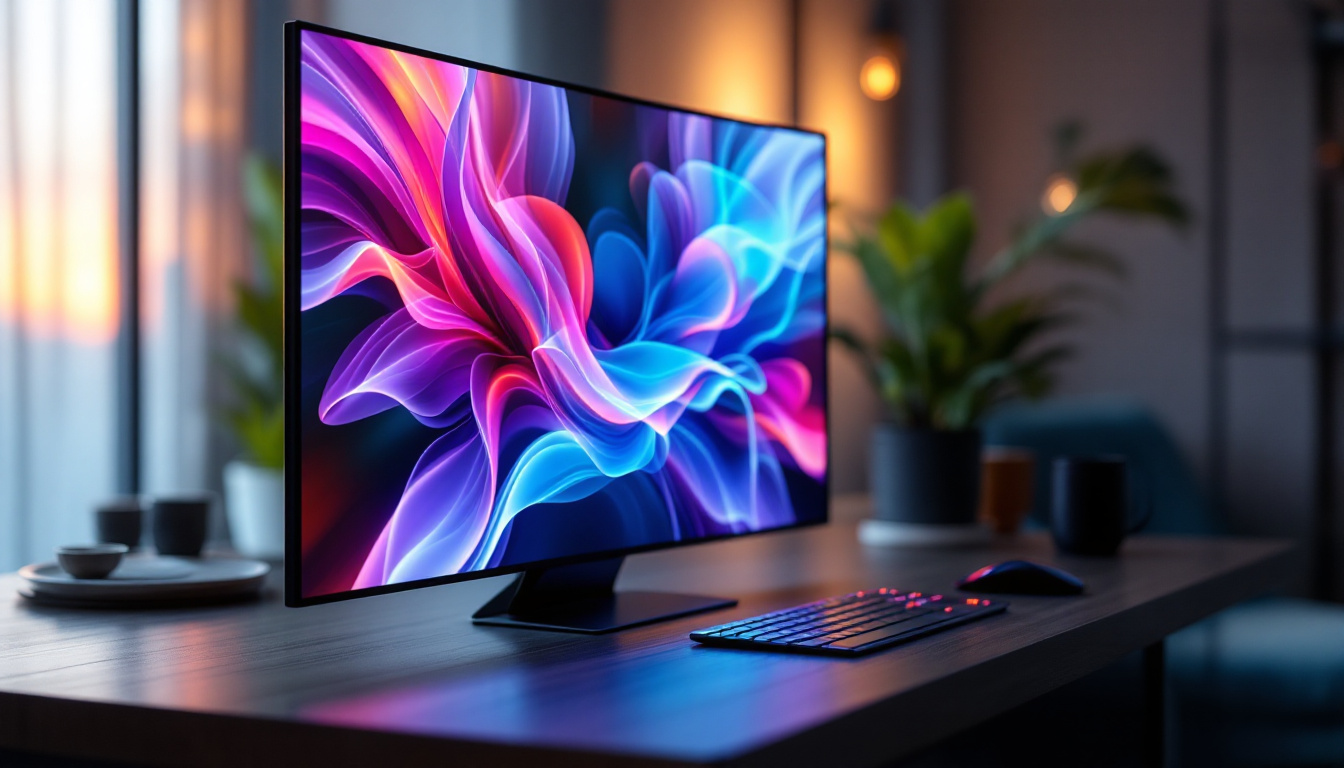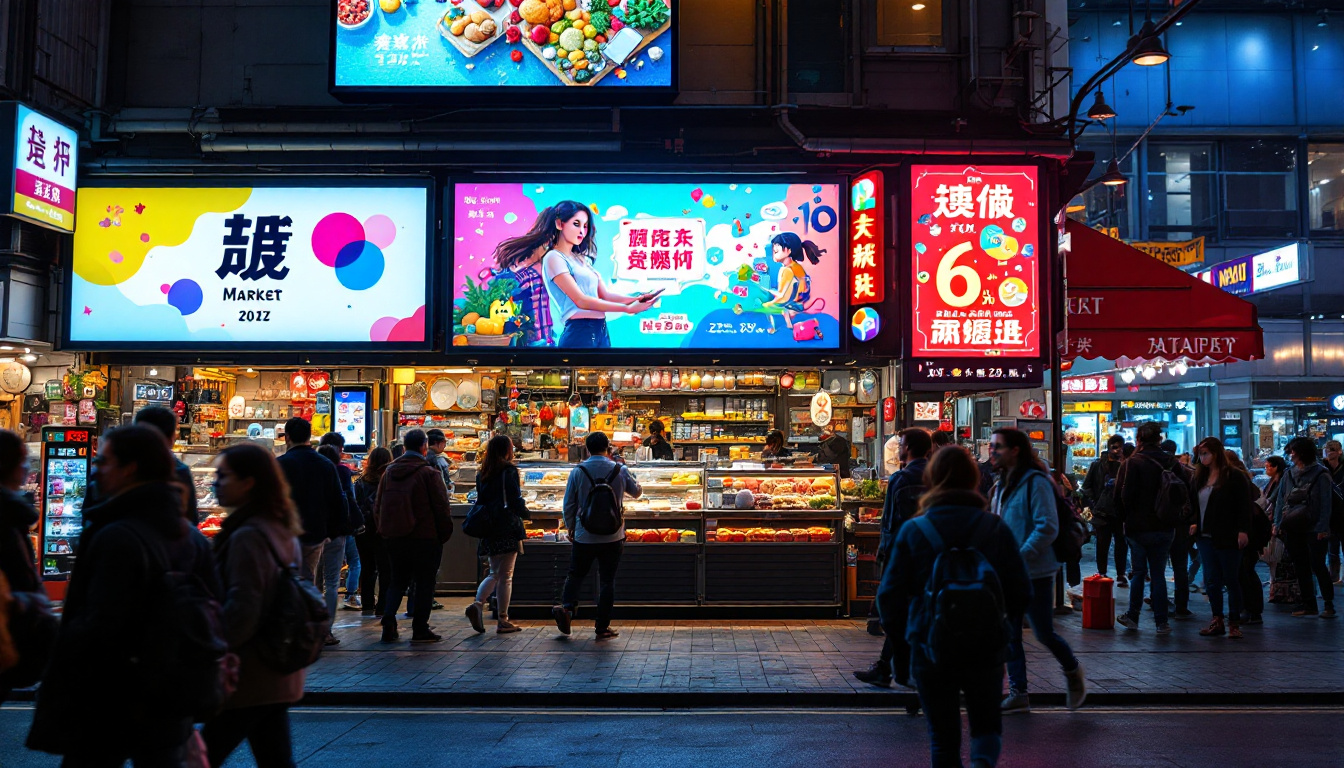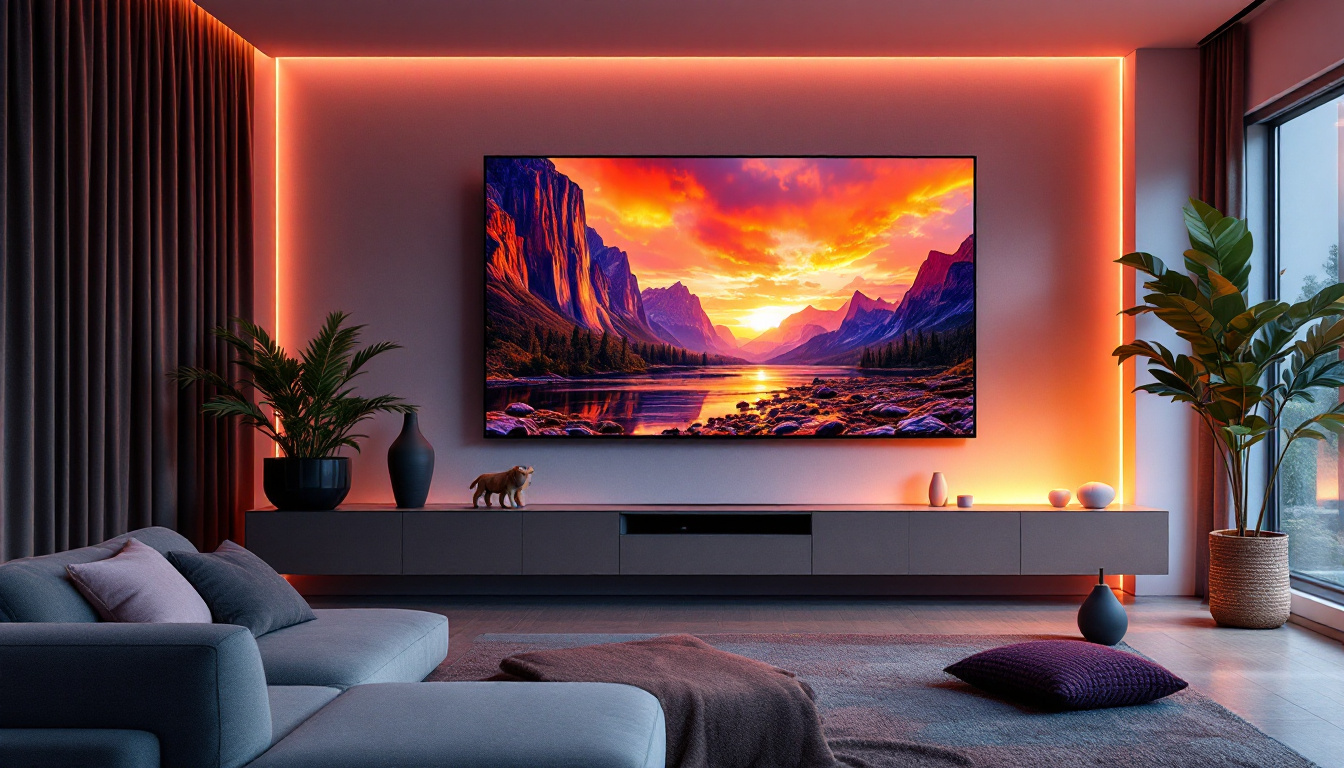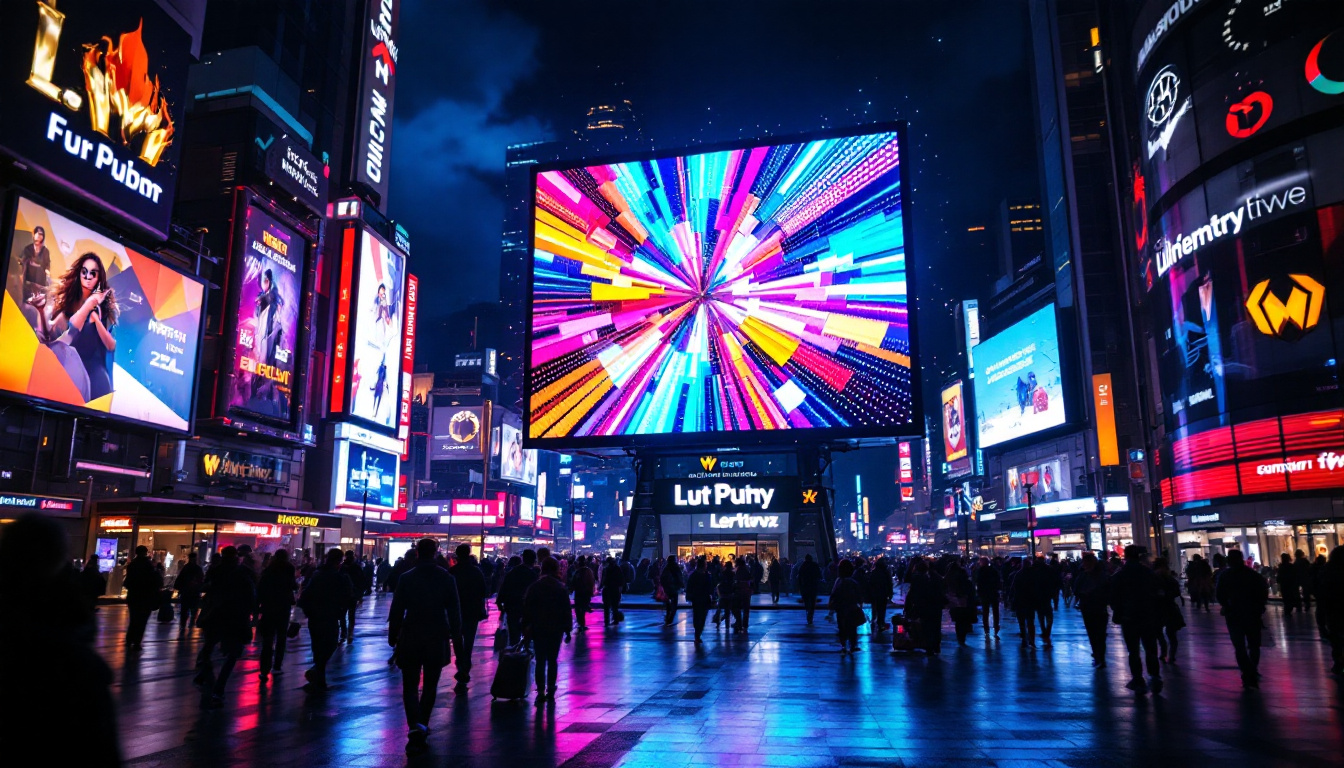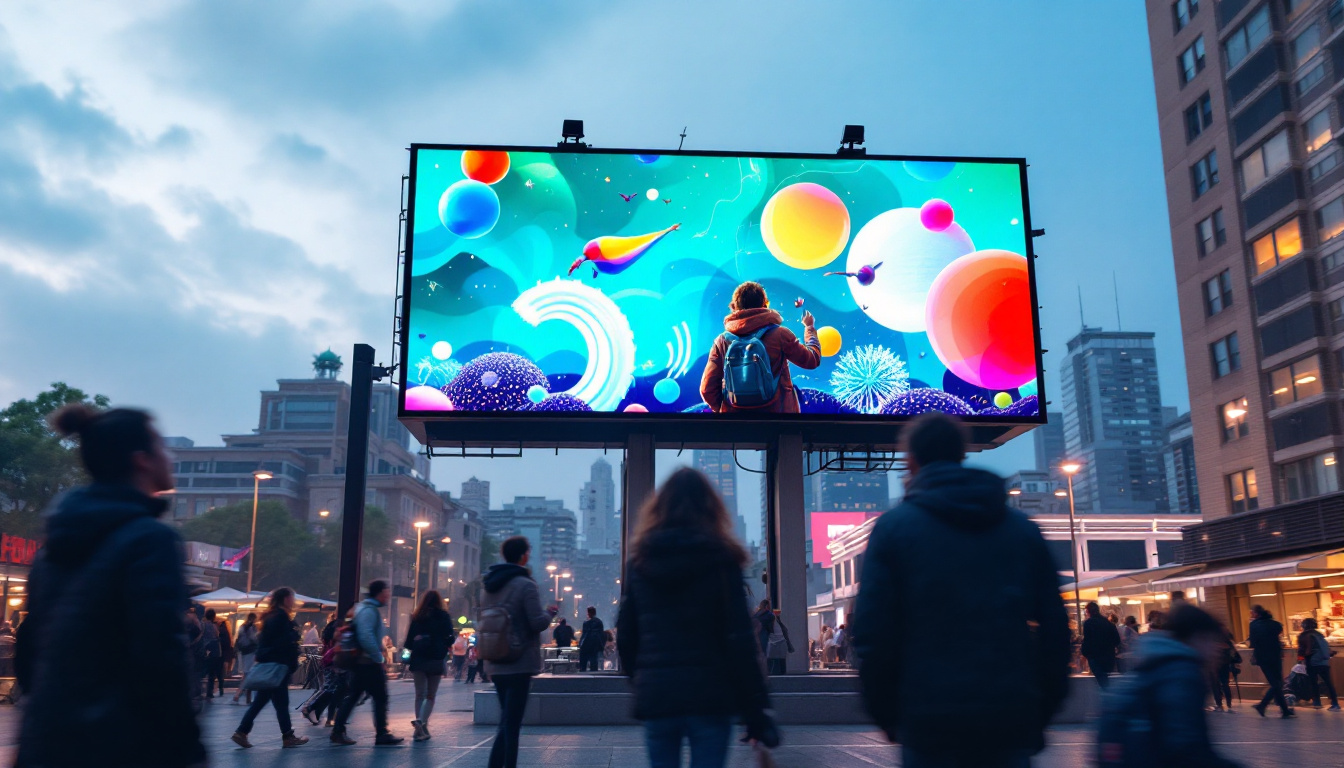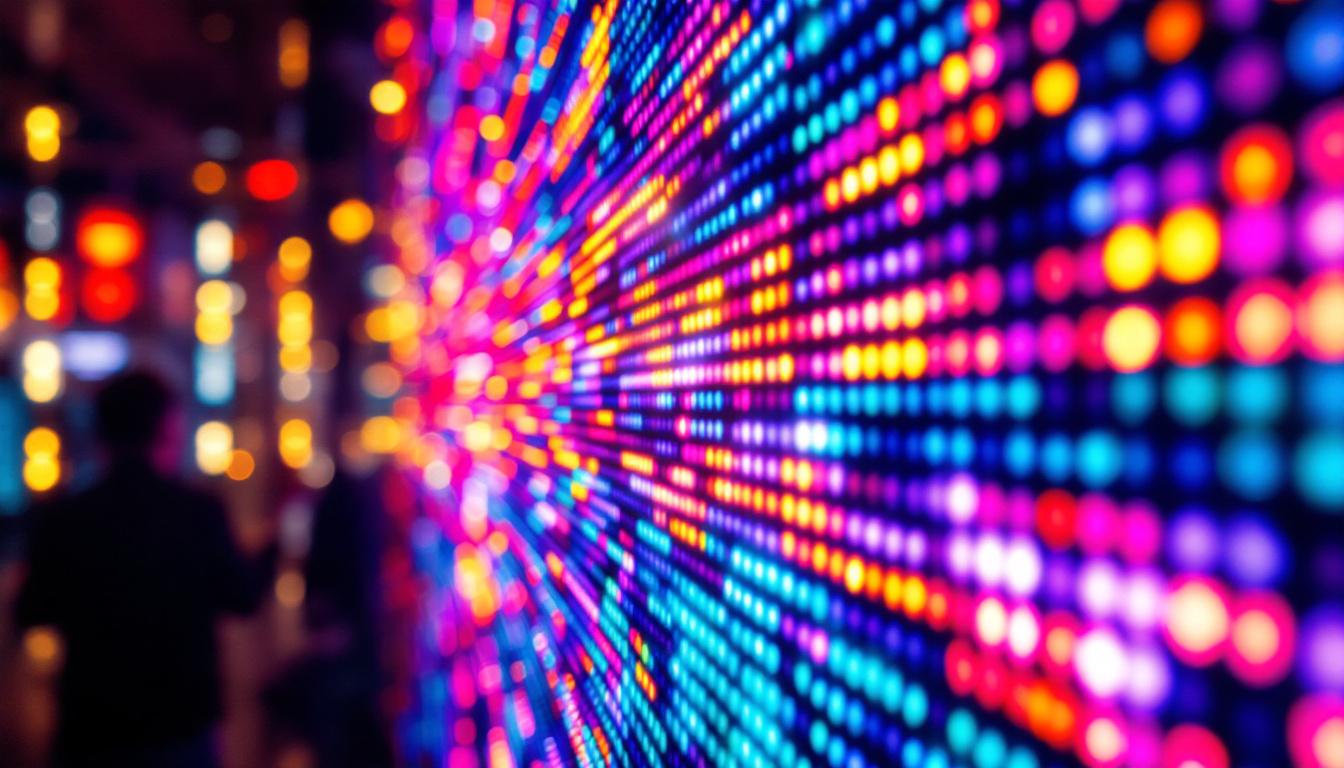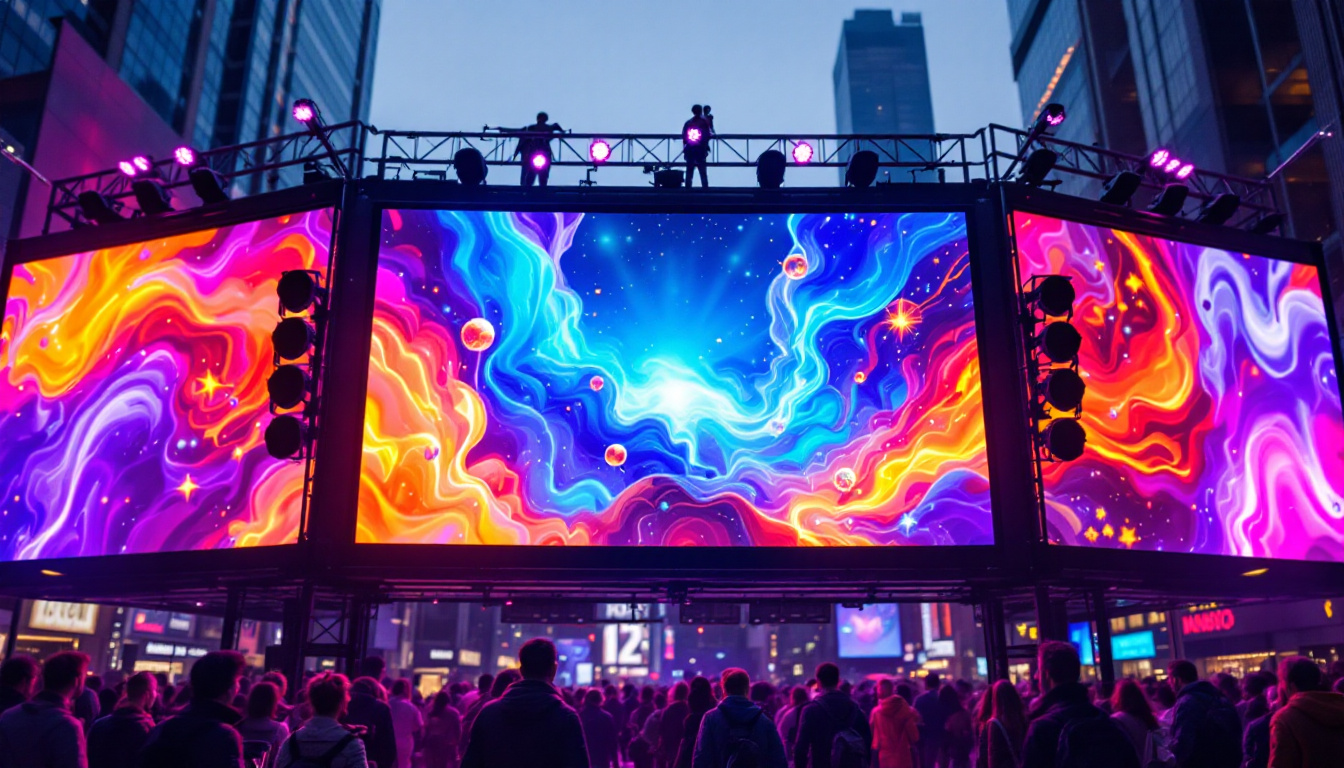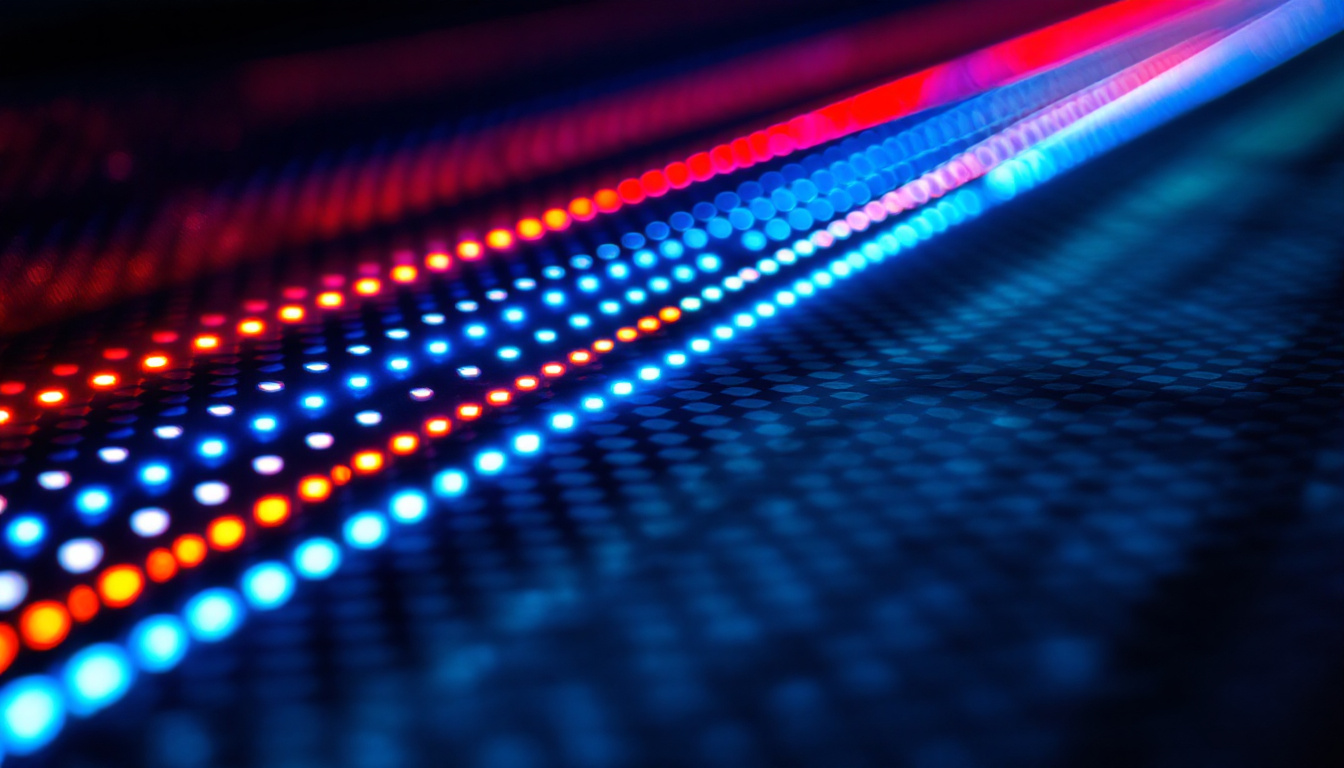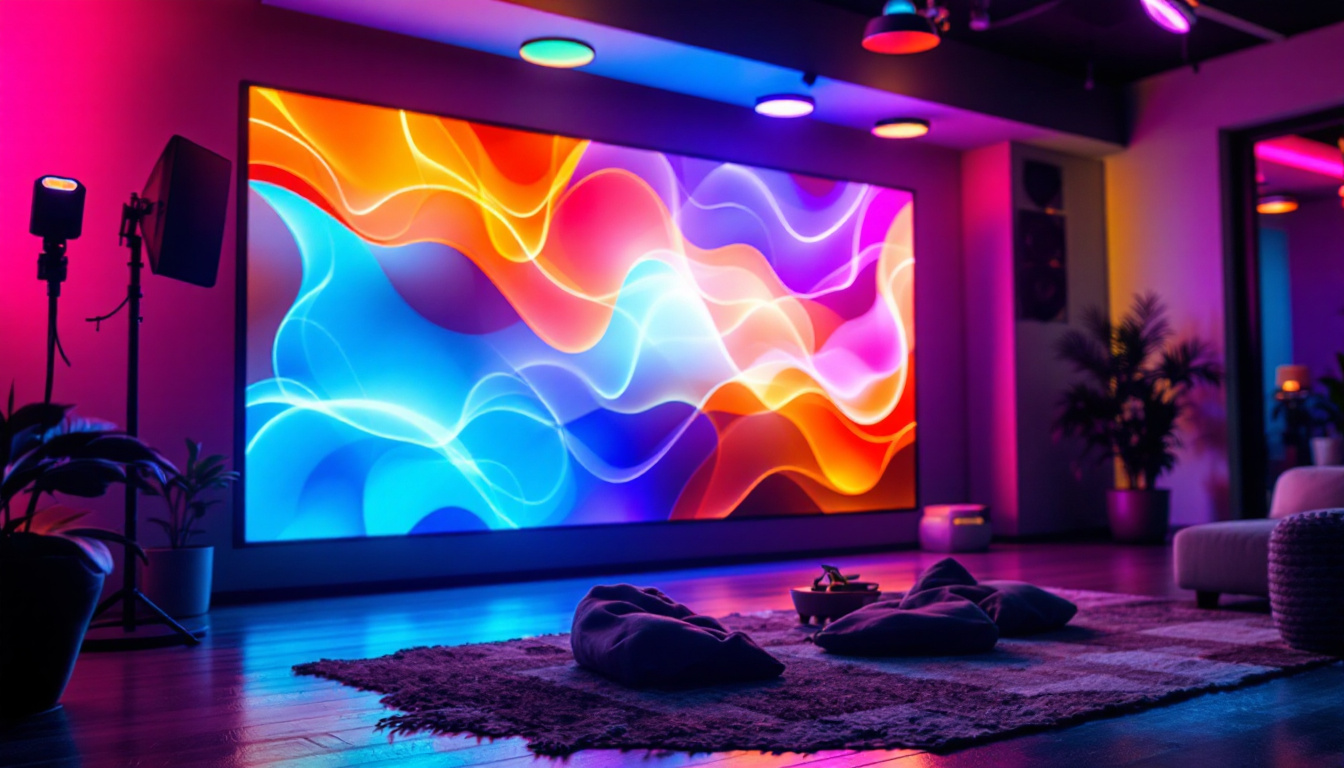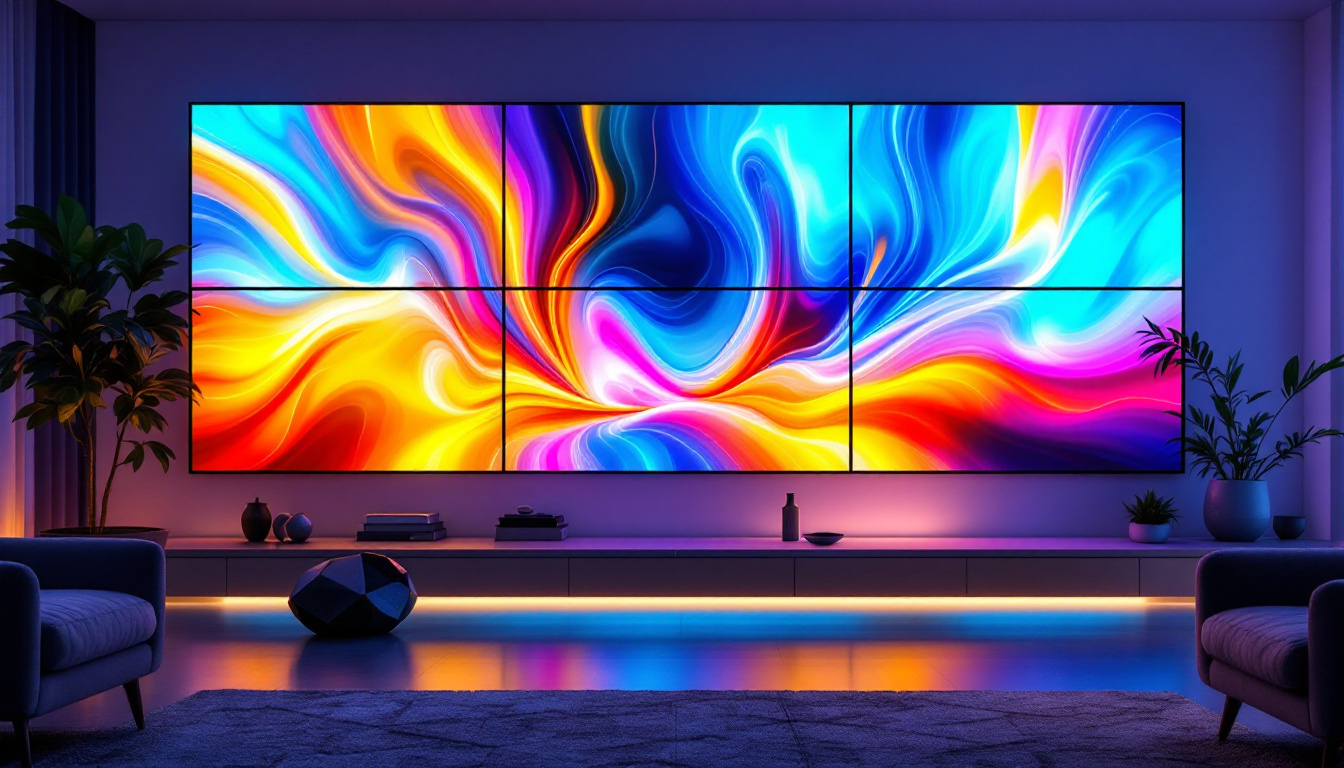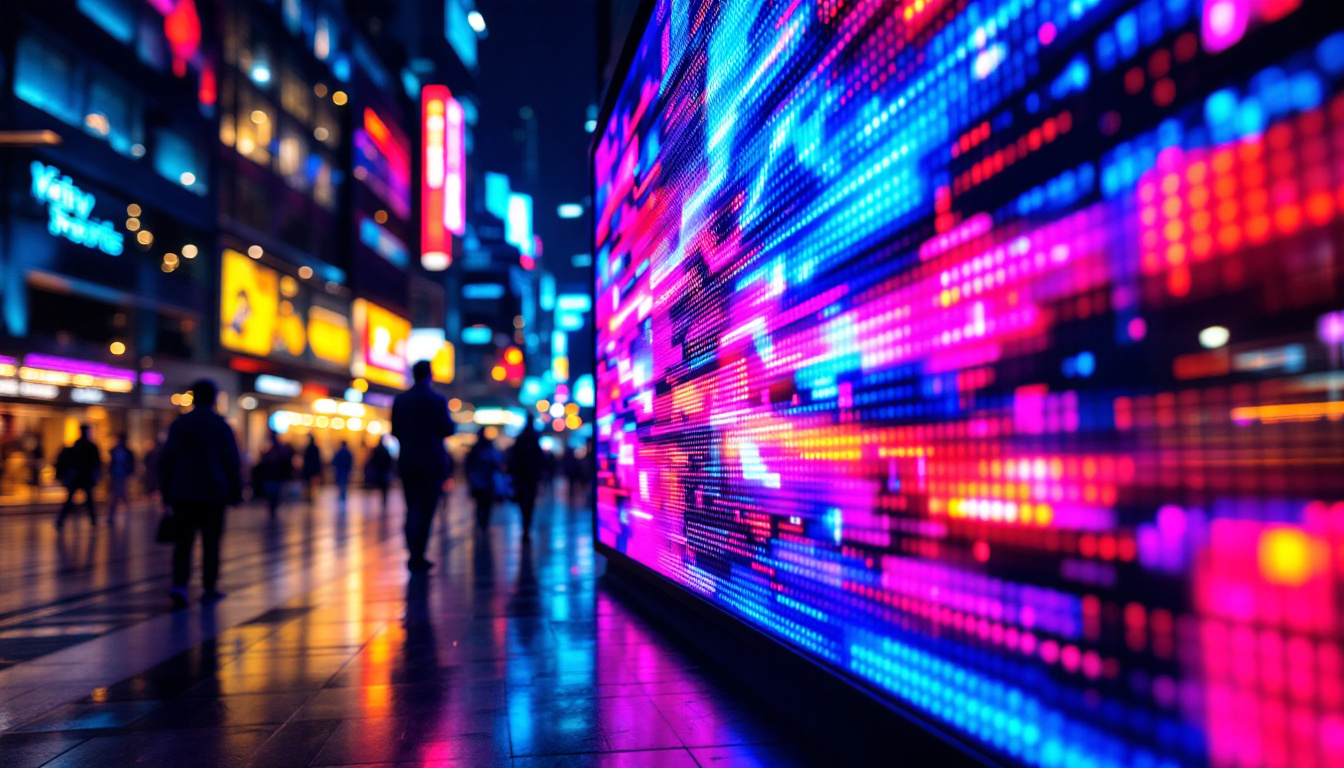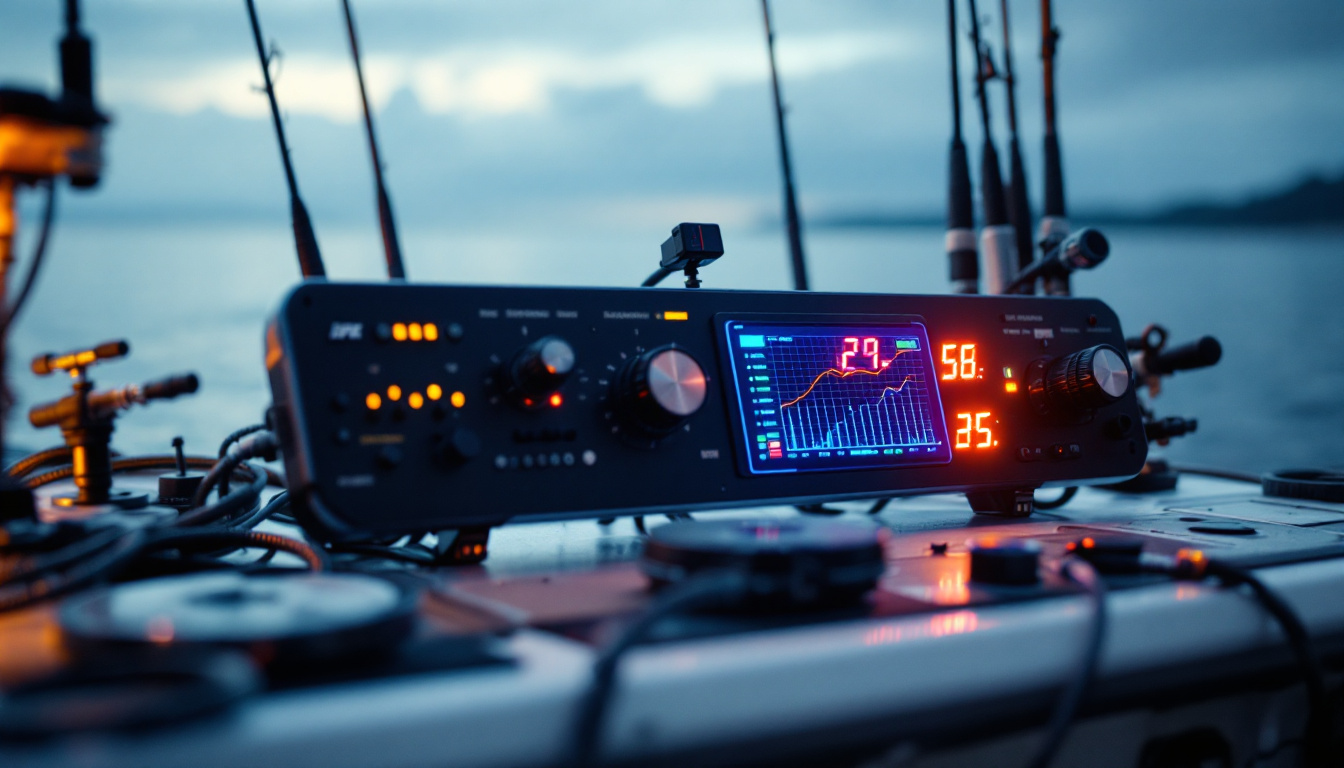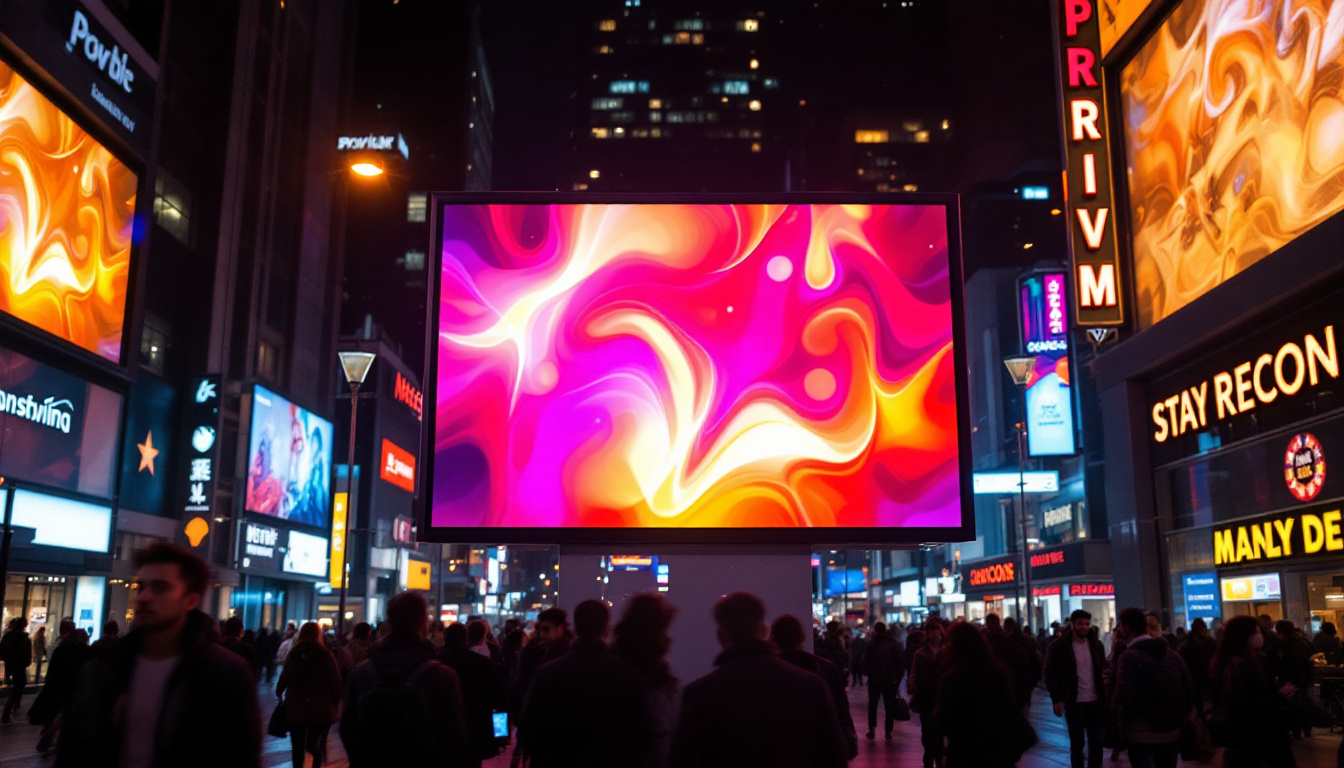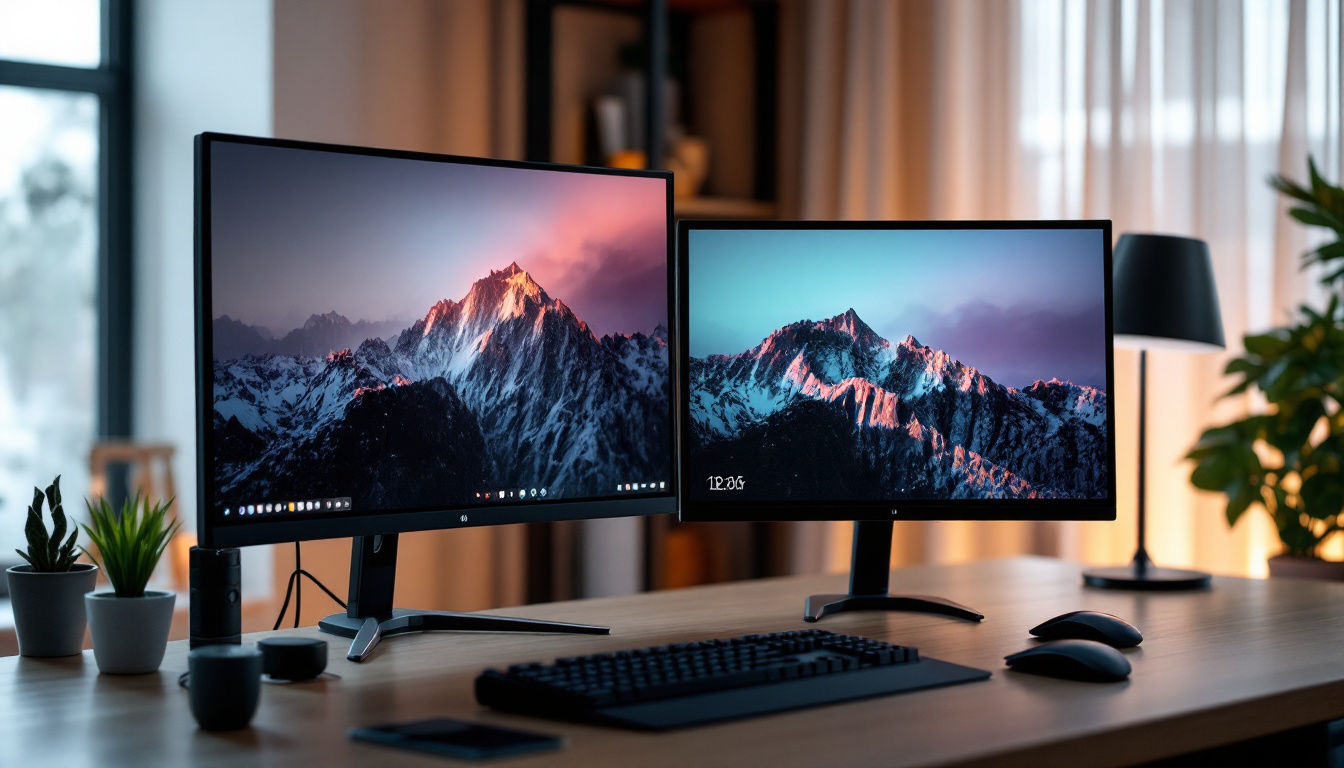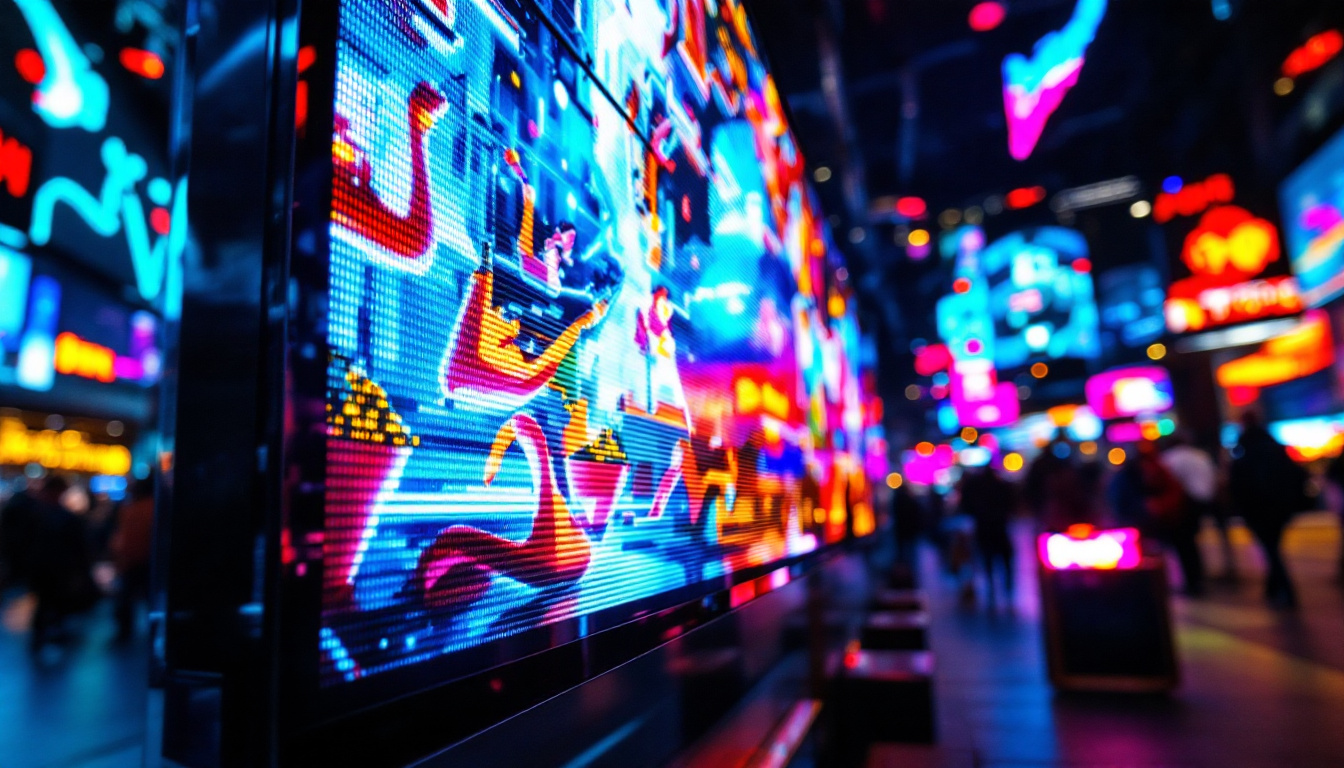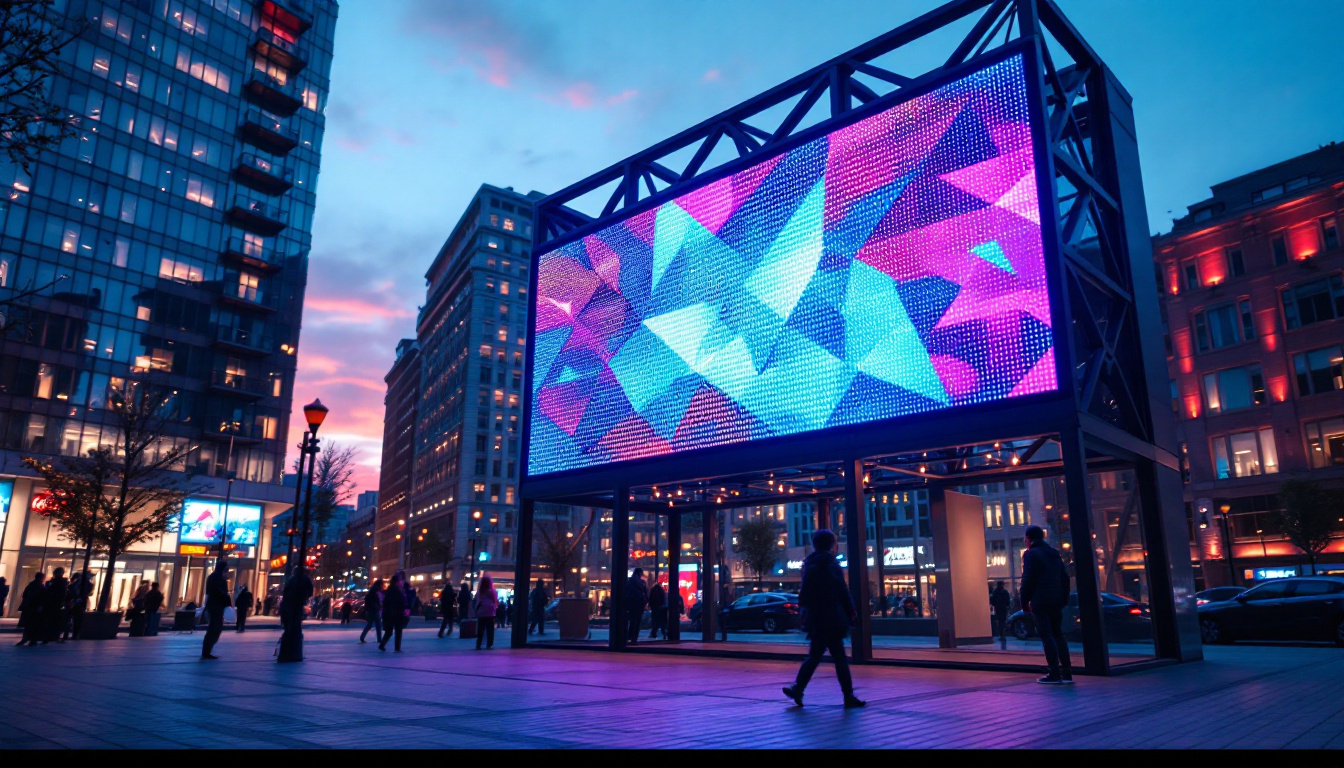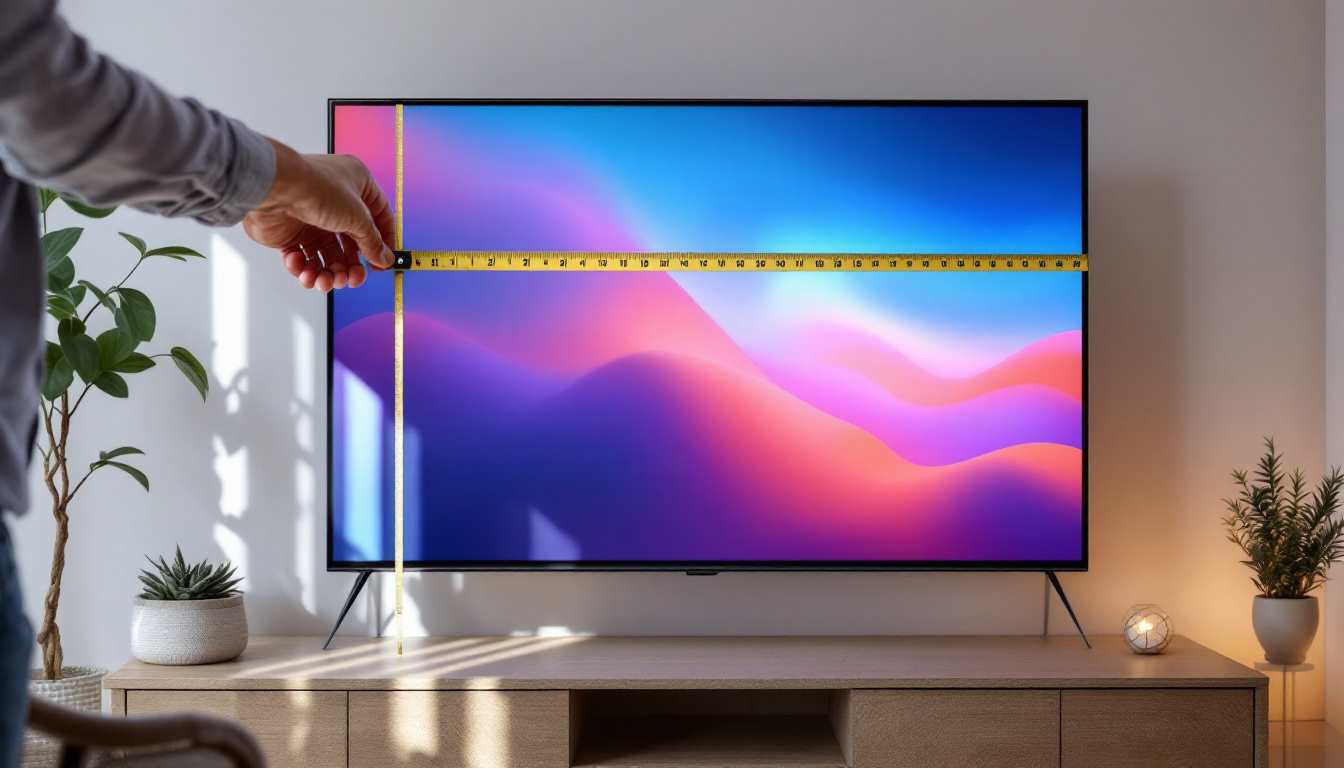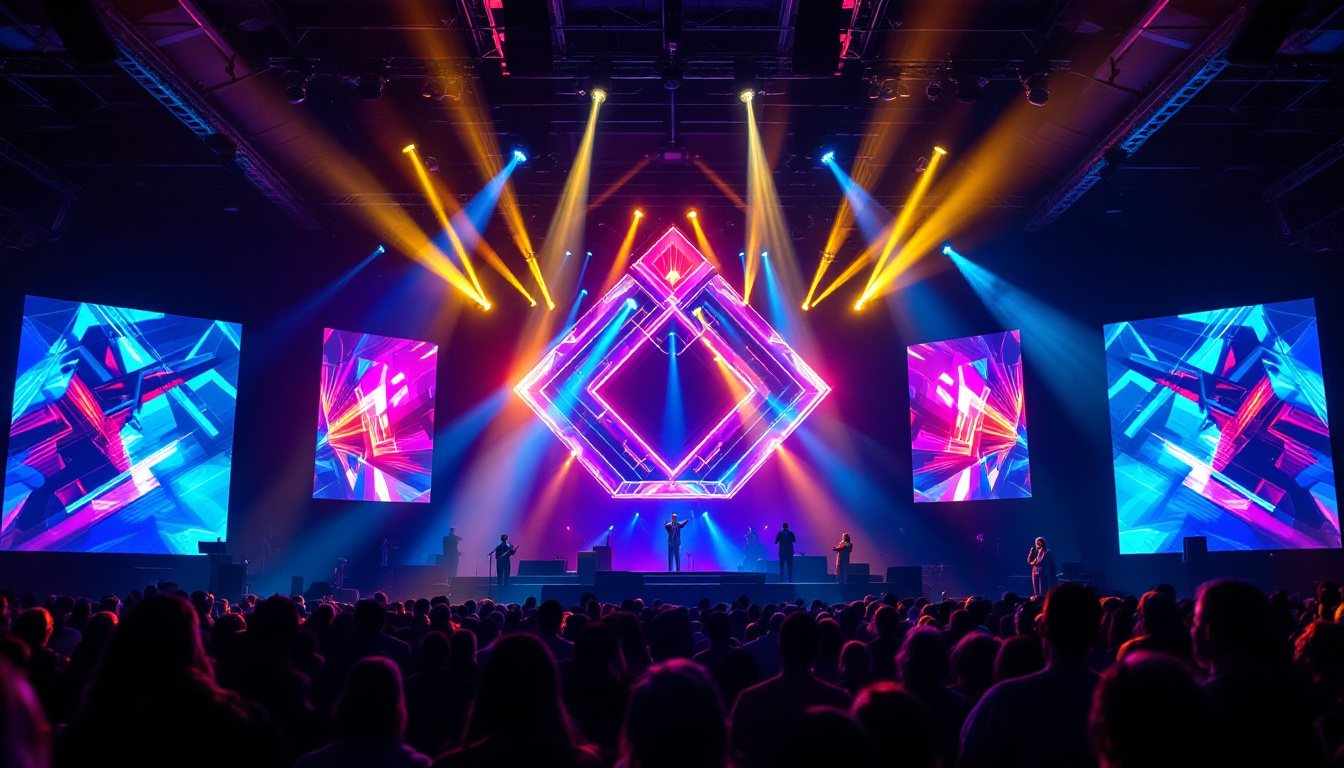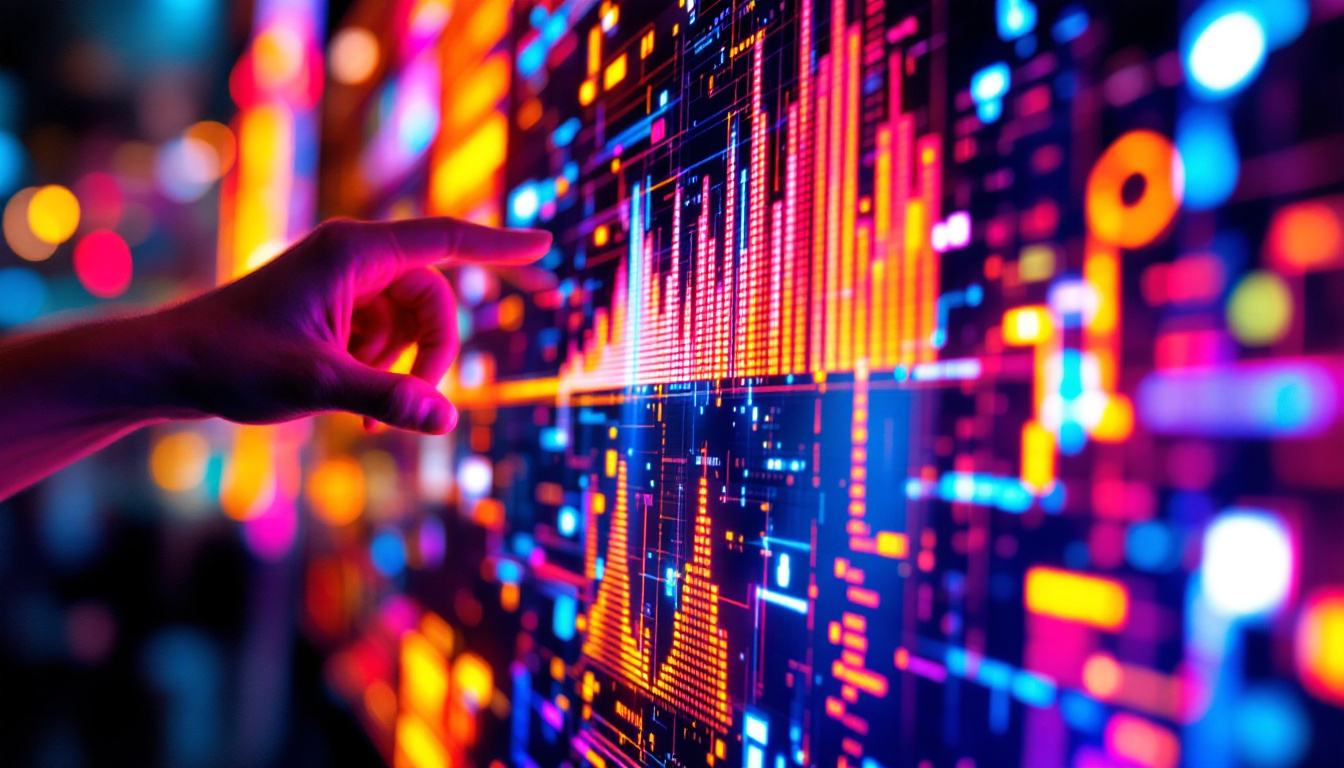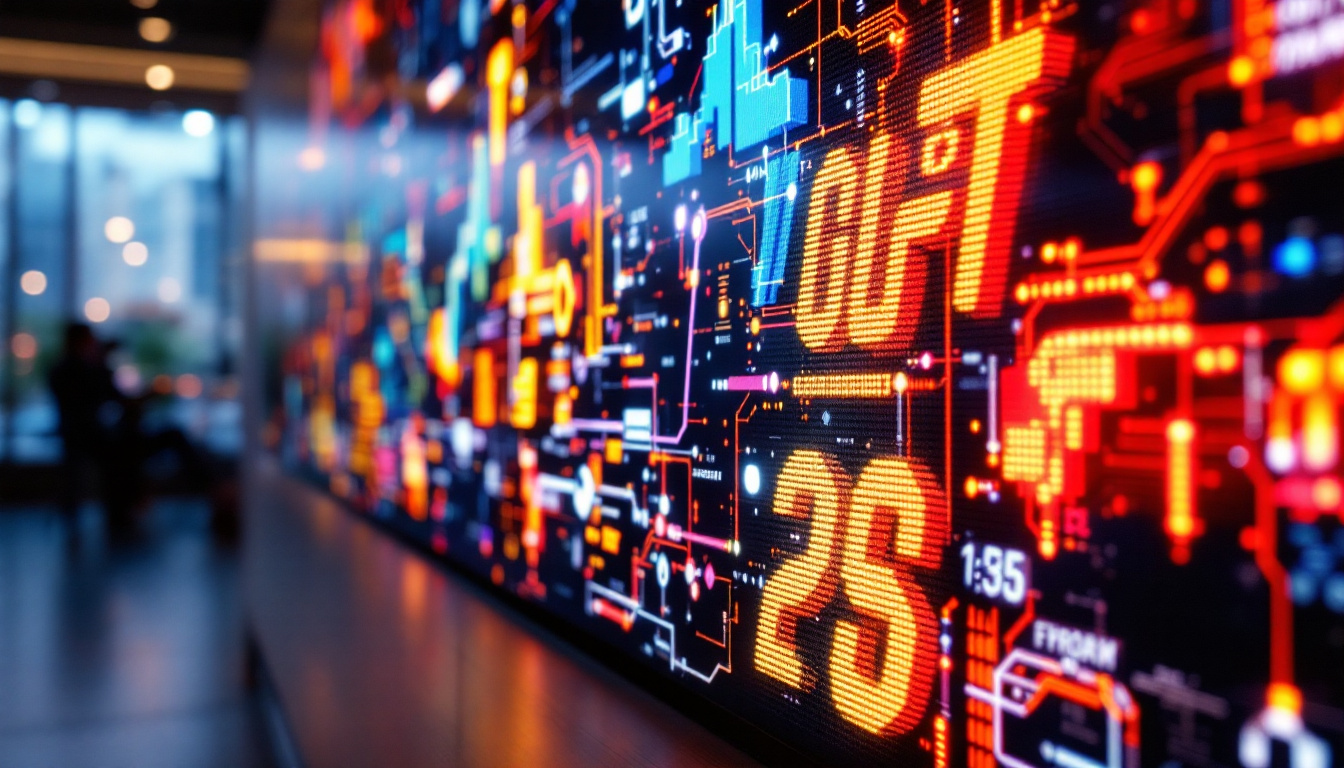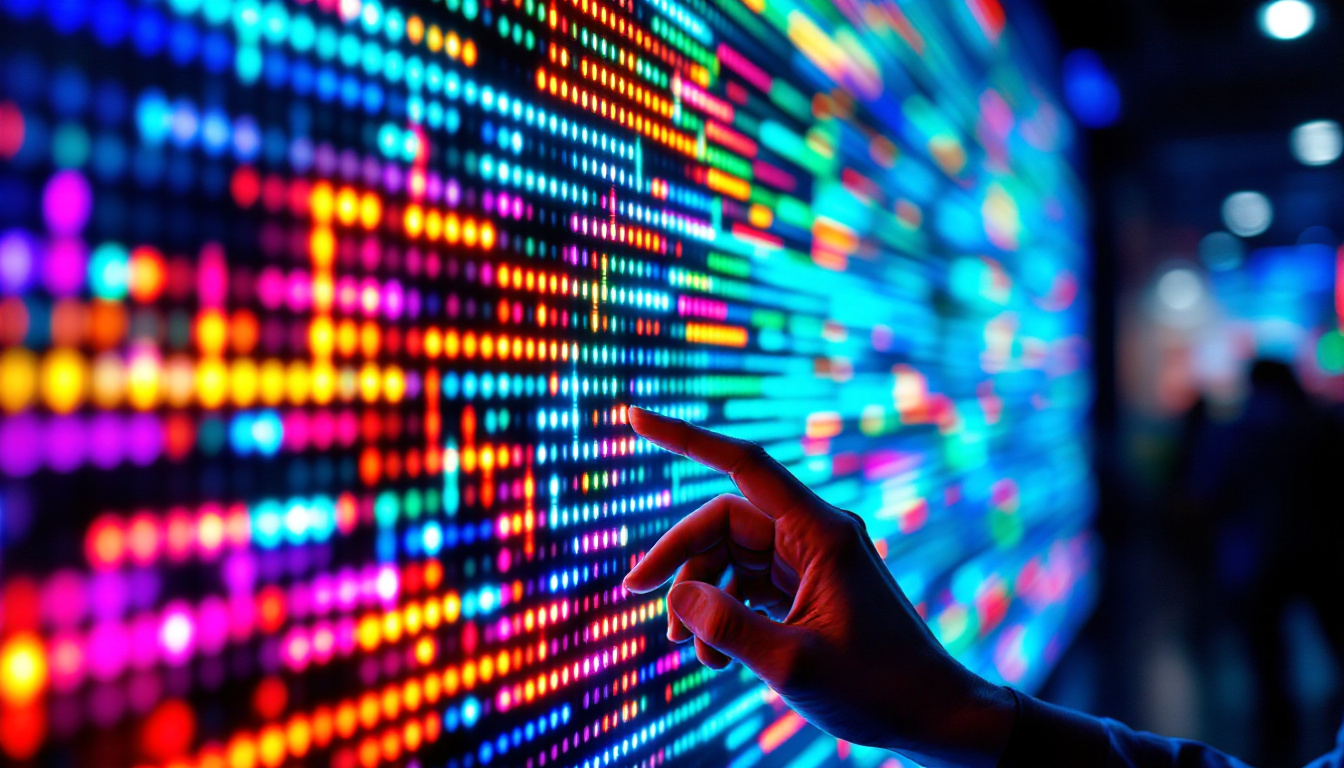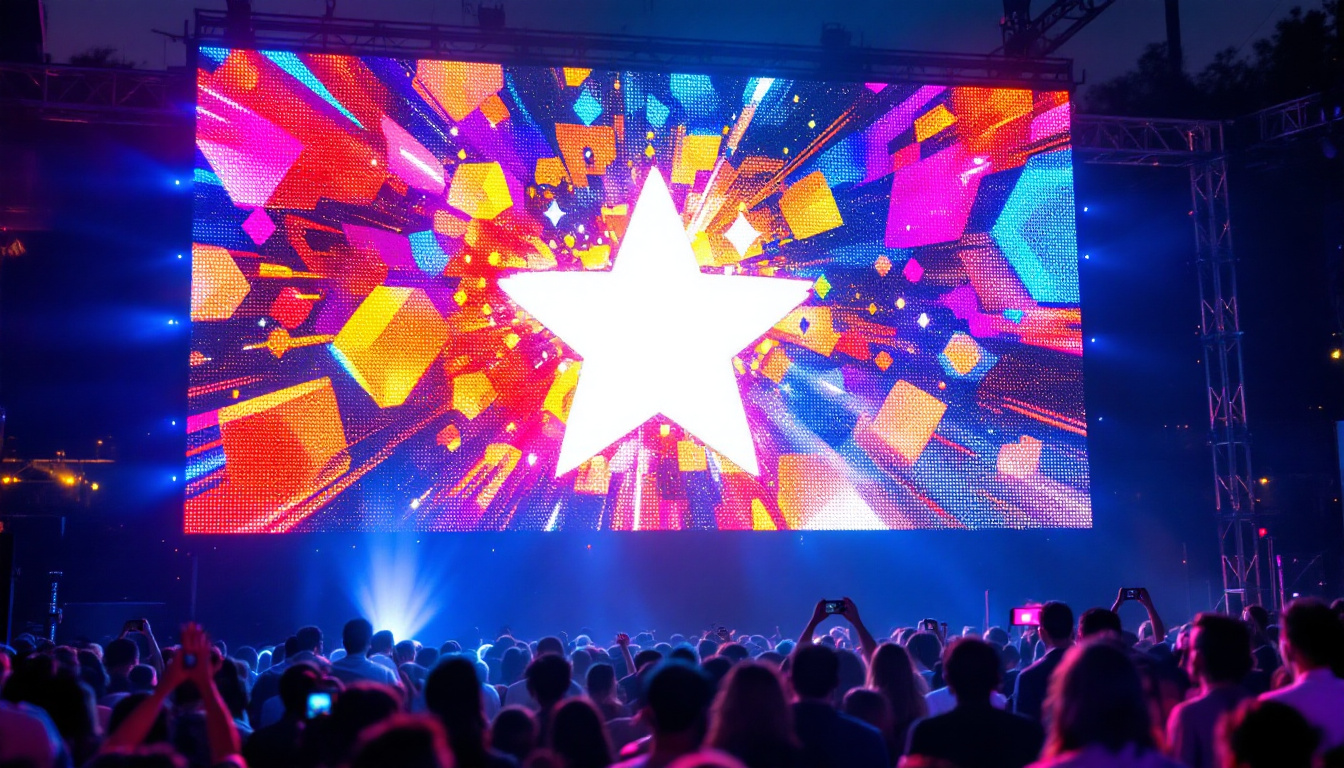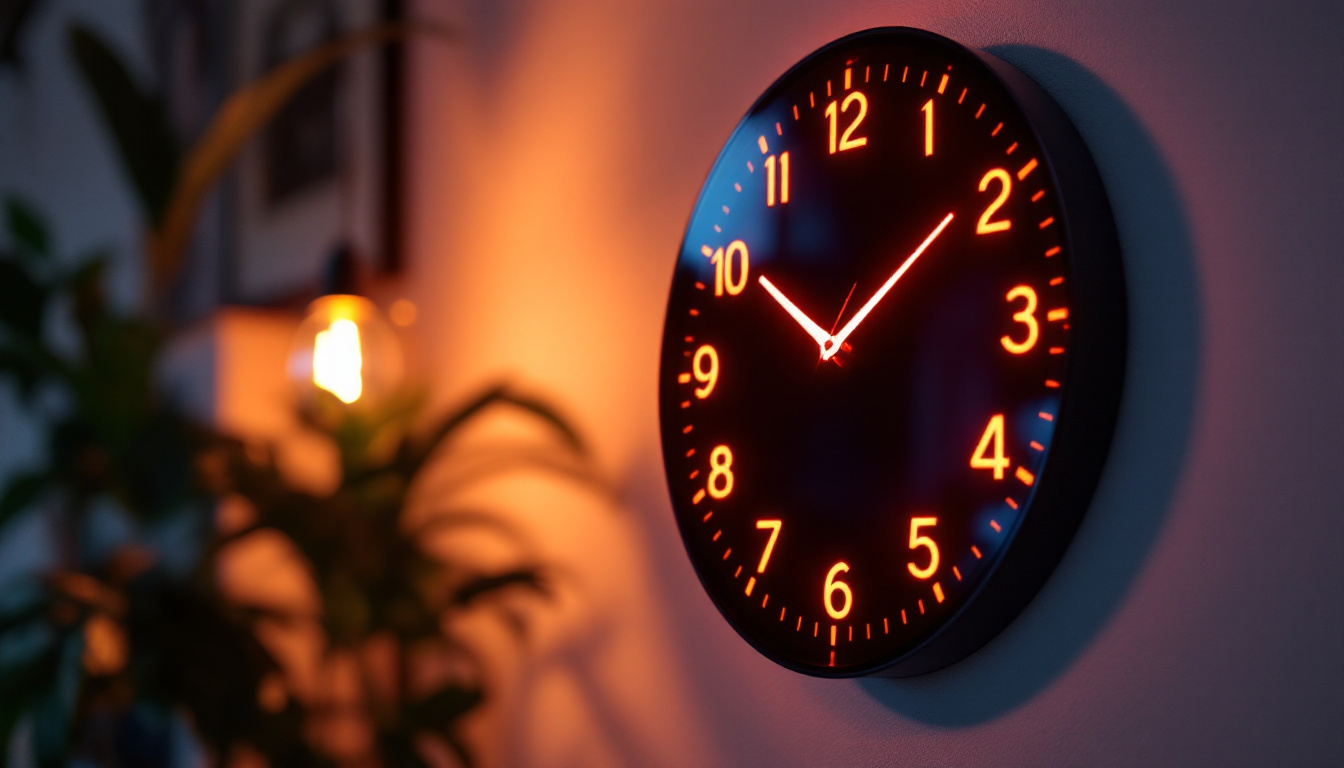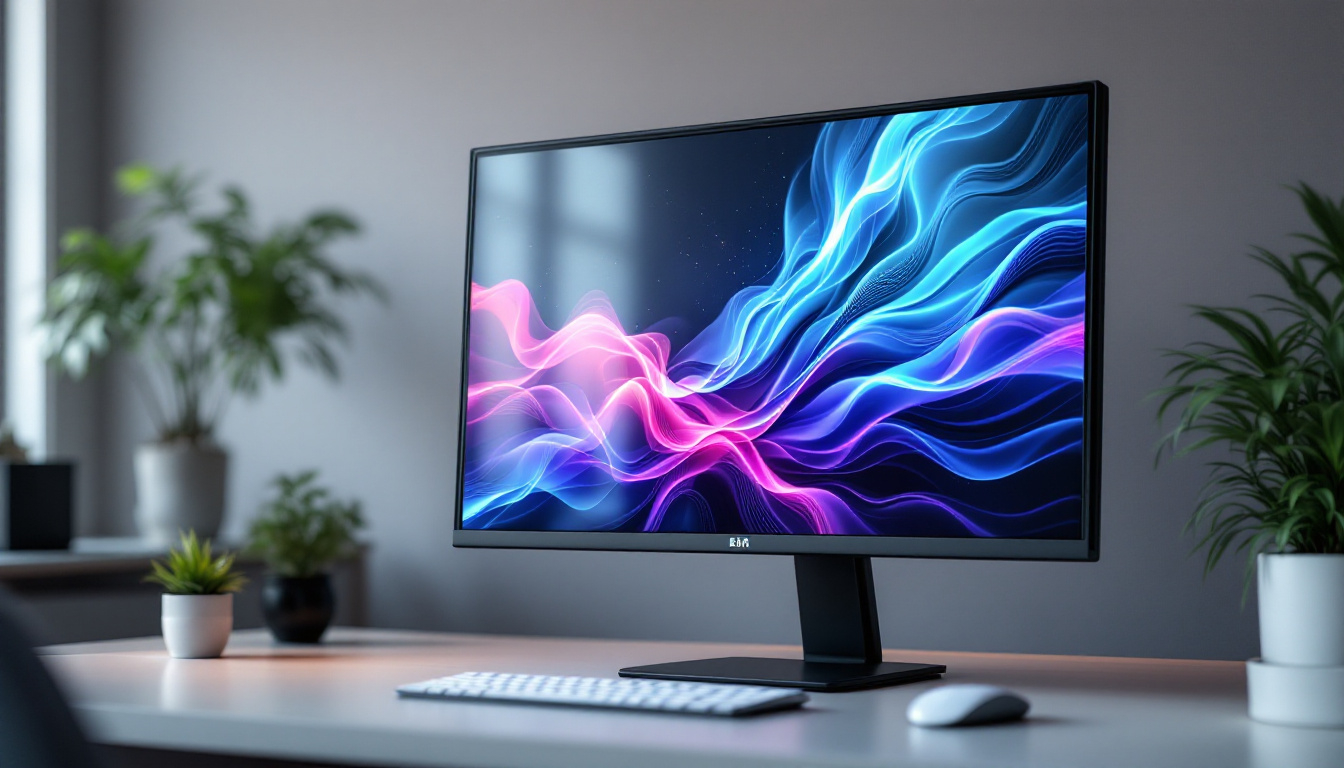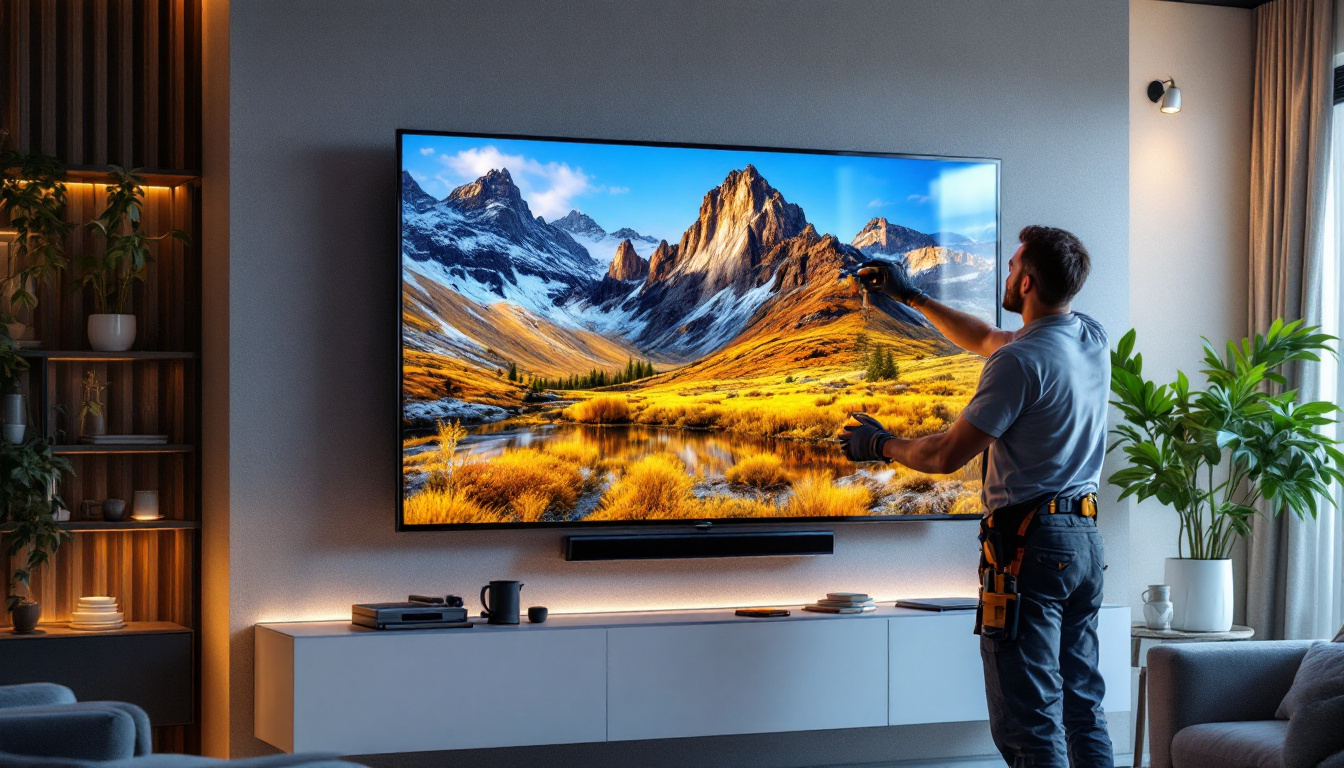In today’s fast-paced digital world, the demand for innovative display technologies continues to grow. Among these, flexible LED panel video screens have emerged as a groundbreaking solution for various applications. These displays offer unique advantages over traditional screens, making them increasingly popular in advertising, events, and even architectural designs. This article delves into the intricacies of flexible LED panel video screens, exploring their technology, applications, benefits, and future trends.
Understanding Flexible LED Panel Technology
Flexible LED panels are made up of numerous light-emitting diodes (LEDs) arranged in a flexible substrate. This allows the panels to bend and shape into various forms, providing versatility that rigid displays cannot offer. The technology behind these panels has evolved significantly over the years, leading to improved performance and durability. As industries continue to seek innovative ways to engage audiences, flexible LED panels have emerged as a game-changer, allowing for dynamic and interactive visual experiences that were previously unimaginable.
How Flexible LED Panels Work
At the core of flexible LED panels is the arrangement of LEDs on a flexible circuit board. Each LED emits light when an electric current passes through it. The panels can be designed to display full-color images and videos by controlling the intensity of each LED. This is achieved through a combination of RGB (red, green, blue) LEDs, which blend together to create a broad spectrum of colors. The precision in controlling these LEDs not only enhances color accuracy but also contributes to energy efficiency, making flexible LED panels a sustainable choice for modern displays.
The flexibility of these panels comes from their construction. Unlike traditional LED displays, which are typically housed in rigid frames, flexible panels are built with lightweight materials that allow them to be bent, curved, or even rolled. This adaptability opens up a world of possibilities for creative installations. For example, artists and designers can now create stunning visual art pieces that flow seamlessly along the contours of a building or stage, transforming ordinary spaces into extraordinary visual experiences. The potential for customization is virtually limitless, allowing for unique designs that can be tailored to specific themes or events.
Types of Flexible LED Panels
Flexible LED panels can be categorized into several types based on their application and design. Some common types include:
- Soft LED Panels: These panels are highly flexible and can be used to create intricate shapes and designs. They are often used in theatrical productions and events, where the ability to mold the display to fit the stage design can enhance storytelling and audience engagement.
- Curved LED Panels: Designed specifically for curved installations, these panels can create immersive displays that wrap around structures or stages. Their ability to conform to architectural elements allows for a more integrated approach to visual design, often seen in concert venues and exhibition spaces.
- Transparent LED Panels: These panels allow light to pass through, making them ideal for window displays and architectural applications where visibility is essential. Retailers can use transparent panels to showcase products while maintaining an open and inviting atmosphere, merging digital content with the physical environment.
In addition to these common types, there are also specialized flexible LED panels designed for specific uses, such as outdoor advertising or high-resolution displays for indoor environments. The advancements in technology have led to panels that are not only flexible but also weather-resistant, ensuring that they can withstand various environmental conditions without compromising performance. As the demand for innovative advertising solutions grows, flexible LED panels continue to pave the way for new possibilities in visual communication.
Applications of Flexible LED Panels
The versatility of flexible LED panels makes them suitable for a wide range of applications. From advertising to entertainment, their unique characteristics allow for innovative uses that enhance visual experiences.
Advertising and Marketing
One of the most prominent applications of flexible LED panels is in advertising. Retailers and brands utilize these displays to create eye-catching advertisements that can be easily customized and updated. The ability to bend and shape the panels allows for creative installations that can attract attention from various angles.
Moreover, flexible LED panels can be integrated into existing structures, such as storefronts or exhibition booths, providing seamless advertising solutions that do not compromise aesthetics. This adaptability is particularly beneficial in crowded urban environments where competition for attention is fierce.
Events and Entertainment
In the world of events and entertainment, flexible LED panels have revolutionized stage design. They can be used to create dynamic backdrops that change shape and color throughout a performance, enhancing the overall experience for the audience. Their lightweight nature makes them easy to transport and set up, which is a significant advantage for event organizers.
Additionally, flexible LED panels can be used in concerts, festivals, and corporate events to create immersive environments that engage attendees. The ability to display high-resolution images and videos adds a layer of sophistication to any event.
Architectural and Interior Design
Flexible LED panels are also making waves in architectural and interior design. They can be integrated into building facades, creating stunning visual displays that transform the exterior of structures. This application not only enhances the aesthetic appeal but also serves as a means of communication, conveying messages or branding to passersby.
Inside buildings, flexible LED panels can be used to create unique lighting effects or interactive installations. They can be shaped to fit specific spaces, allowing designers to push the boundaries of traditional interior design.
Benefits of Flexible LED Panels
The advantages of flexible LED panels extend beyond their aesthetic appeal. They offer a range of benefits that make them an attractive choice for various applications.
Versatility and Customization
One of the most significant benefits of flexible LED panels is their versatility. They can be customized to fit any shape or size, making them suitable for a wide range of applications. This flexibility allows designers and marketers to create unique displays that stand out in a crowded marketplace.
Furthermore, the ability to easily update content on flexible LED panels means that businesses can keep their messaging fresh and relevant. This adaptability is essential in today’s fast-paced environment, where consumer preferences can change rapidly.
Energy Efficiency
Flexible LED panels are known for their energy efficiency compared to traditional display technologies. LEDs consume less power while providing bright and vibrant images, resulting in lower energy costs for businesses. This energy efficiency is not only cost-effective but also aligns with the growing emphasis on sustainability in various industries.
Durability and Longevity
Another advantage of flexible LED panels is their durability. These panels are designed to withstand various environmental conditions, making them suitable for both indoor and outdoor applications. Unlike traditional displays, which can be fragile and prone to damage, flexible LED panels are built to last, reducing the need for frequent replacements.
Challenges and Considerations
While flexible LED panels offer numerous benefits, they also come with challenges that potential users should consider. Understanding these challenges can help businesses make informed decisions when integrating this technology into their operations.
Cost Implications
One of the primary challenges associated with flexible LED panels is their initial cost. Although prices have decreased over the years, the investment required for high-quality flexible displays can still be significant. Businesses must weigh the upfront costs against the long-term benefits to determine if this technology aligns with their budget and goals.
Installation and Maintenance
Installing flexible LED panels can be more complex than traditional displays, particularly for intricate designs or large installations. Proper installation is crucial to ensure optimal performance and longevity. Additionally, maintenance can be a consideration, as specialized knowledge may be required to troubleshoot and repair flexible LED systems.
Future Trends in Flexible LED Technology
The future of flexible LED panel technology looks promising, with ongoing advancements poised to enhance their capabilities further. As technology continues to evolve, several trends are emerging that could shape the future of flexible LED displays.
Integration with Smart Technology
As smart technology becomes more prevalent, the integration of flexible LED panels with IoT (Internet of Things) systems is likely to increase. This integration will enable real-time content updates, interactive displays, and enhanced user experiences. Businesses can leverage data analytics to tailor their messaging based on audience behavior and preferences.
Improved Resolution and Color Accuracy
Future developments in flexible LED technology are expected to focus on improving resolution and color accuracy. Higher pixel densities will allow for sharper images and more vibrant colors, making flexible LED displays even more appealing for applications in advertising, entertainment, and design.
Increased Sustainability
As sustainability becomes a priority across industries, the production and disposal of flexible LED panels will likely evolve to minimize environmental impact. Manufacturers may focus on using eco-friendly materials and processes, ensuring that flexible LED technology aligns with global sustainability goals.
Conclusion
Flexible LED panel video screens represent a significant advancement in display technology, offering versatility, energy efficiency, and durability. Their applications span various industries, from advertising to entertainment and architecture, making them an invaluable tool for creative expression and communication.
While challenges such as initial costs and installation complexities exist, the benefits of flexible LED panels often outweigh these concerns. As technology continues to advance, the future of flexible LED displays looks bright, promising even more innovative applications and enhanced user experiences.
In a world where visual communication is paramount, flexible LED panel video screens are set to play a pivotal role in shaping the way messages are conveyed, experiences are created, and environments are transformed.
Discover the Future of Visual Displays with LumenMatrix
Ready to elevate your visual communication and create unforgettable experiences? LumenMatrix is at the forefront of LED display innovation, offering a diverse range of solutions tailored to your needs. From immersive Indoor LED Wall Displays to dynamic Outdoor LED Wall Displays, and from versatile Vehicle LED Displays to sleek LED Poster Displays, our technology is designed to captivate and engage. Explore our LED Sports Displays, interactive Floor LED Displays, and the revolutionary All-in-One LED Display. With LumenMatrix, your brand can shine brighter and communicate more effectively. Check out LumenMatrix LED Display Solutions today and join the revolution in visual storytelling.




